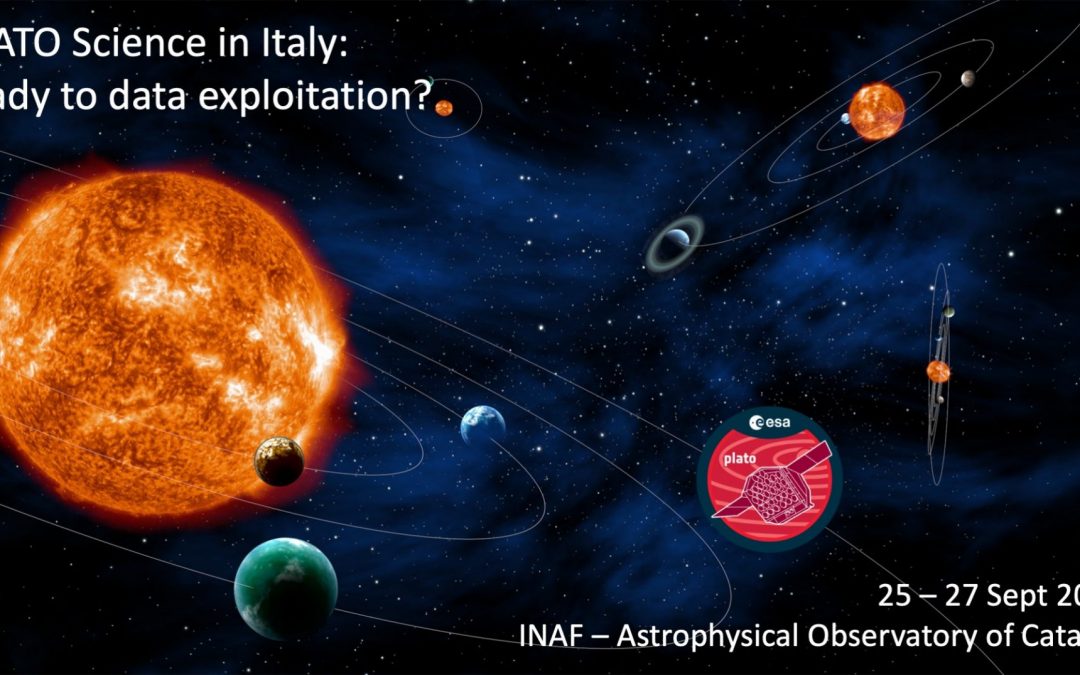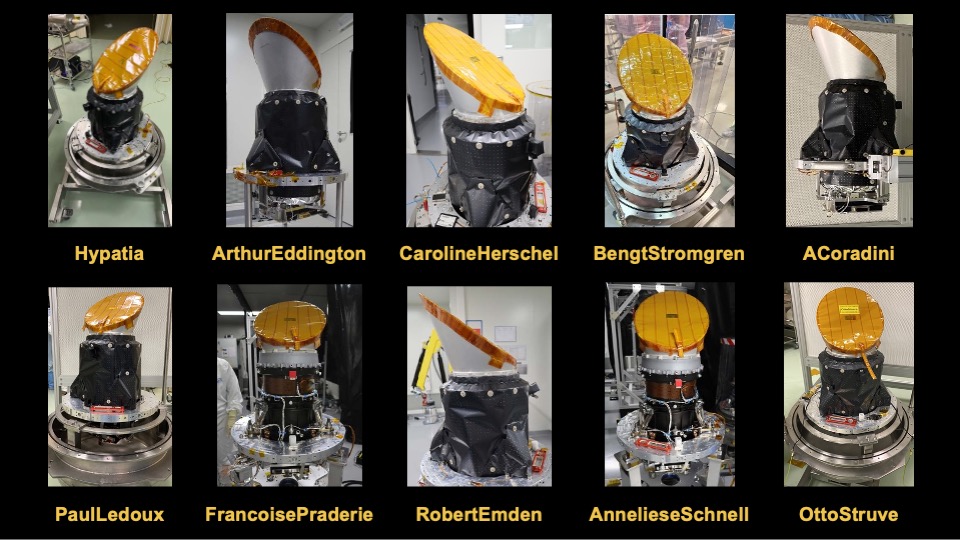

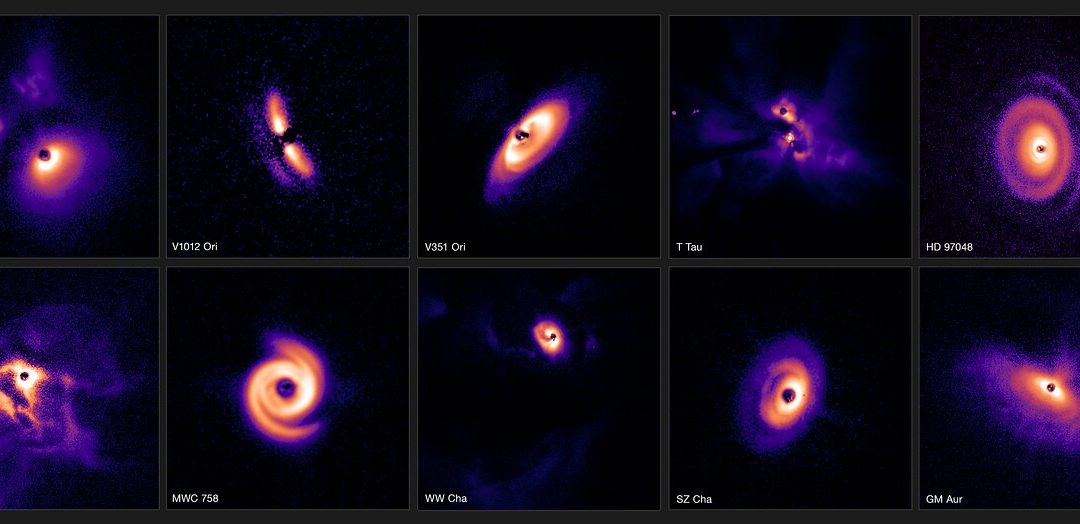
Groundbreaking survey reveals secrets of planet birth around dozens of stars
In a series of studies, a team of astronomers has shed new light on the fascinating and complex process of planet formation. The stunning images, captured using the European Southern Observatory’s Very Large Telescope (ESO’s VLT) in Chile, represent one of the...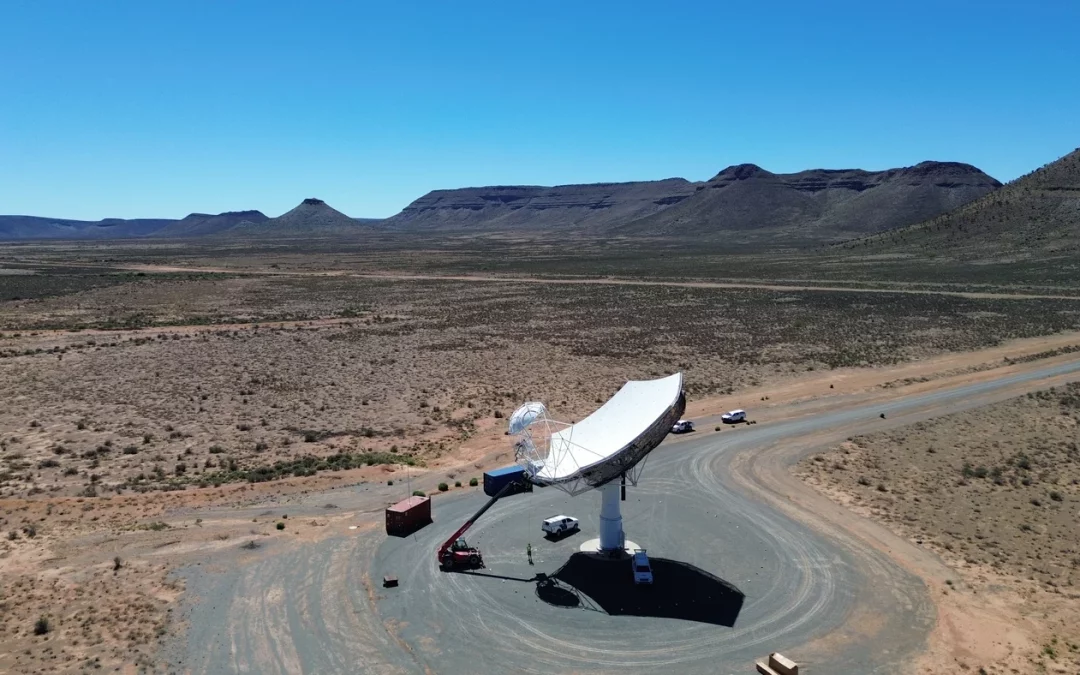
MeerKAT+: the MeerKAT Extension
The handover of the first dish of the MeerKAT extension signals an important milestone for the SKA-MID construction
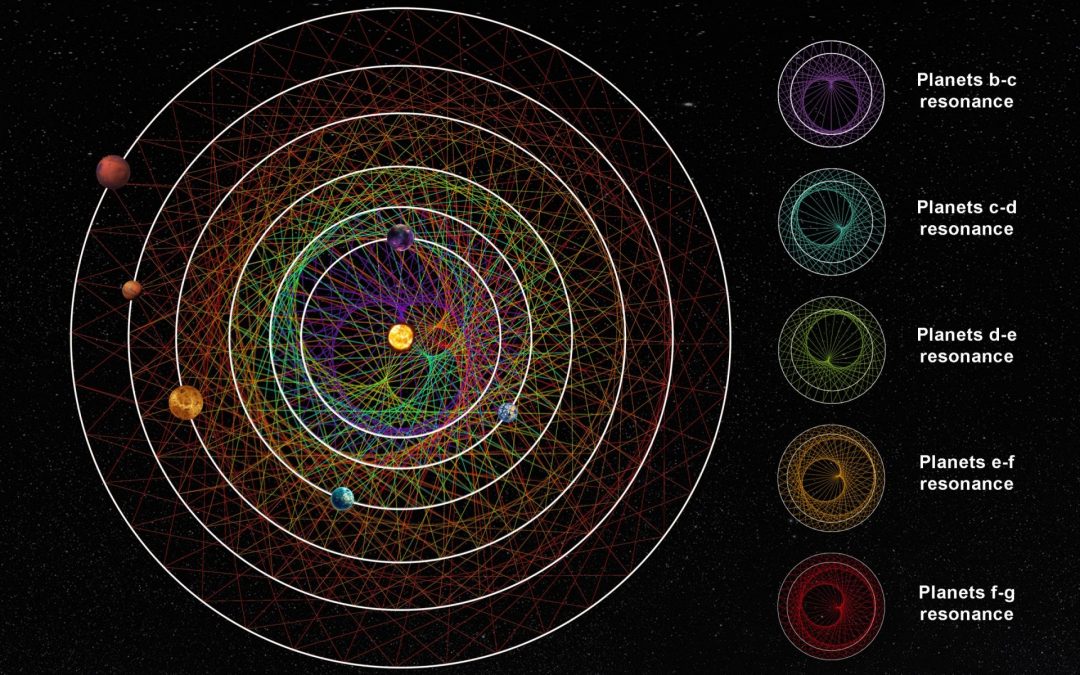
ESA’s Cheops helps unlock rare six-planet system
A rare star system with six exoplanets has been unlocked with the help of ESA’s Cheops mission. The discovery is particularly valuable because the planets’ orbital configuration shows that the system is largely unchanged since its formation more than a billion years ago.
